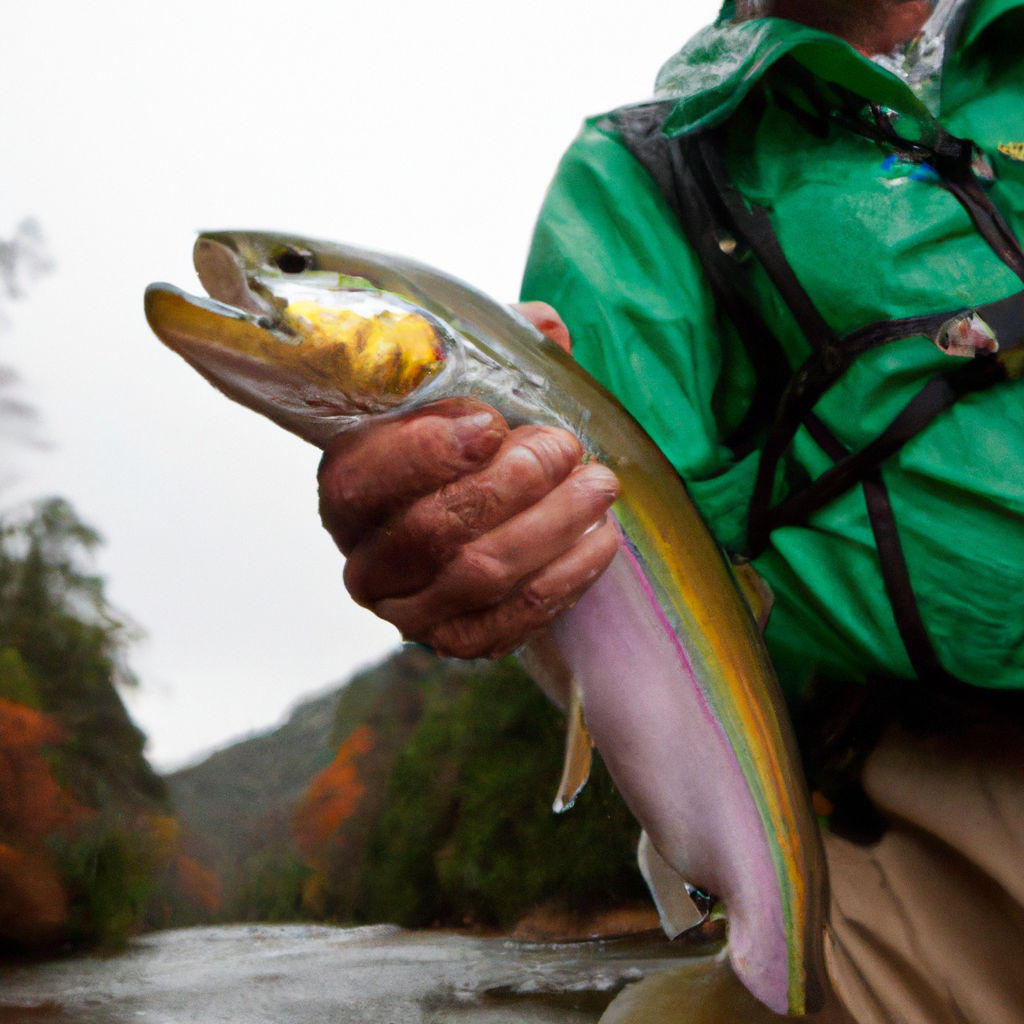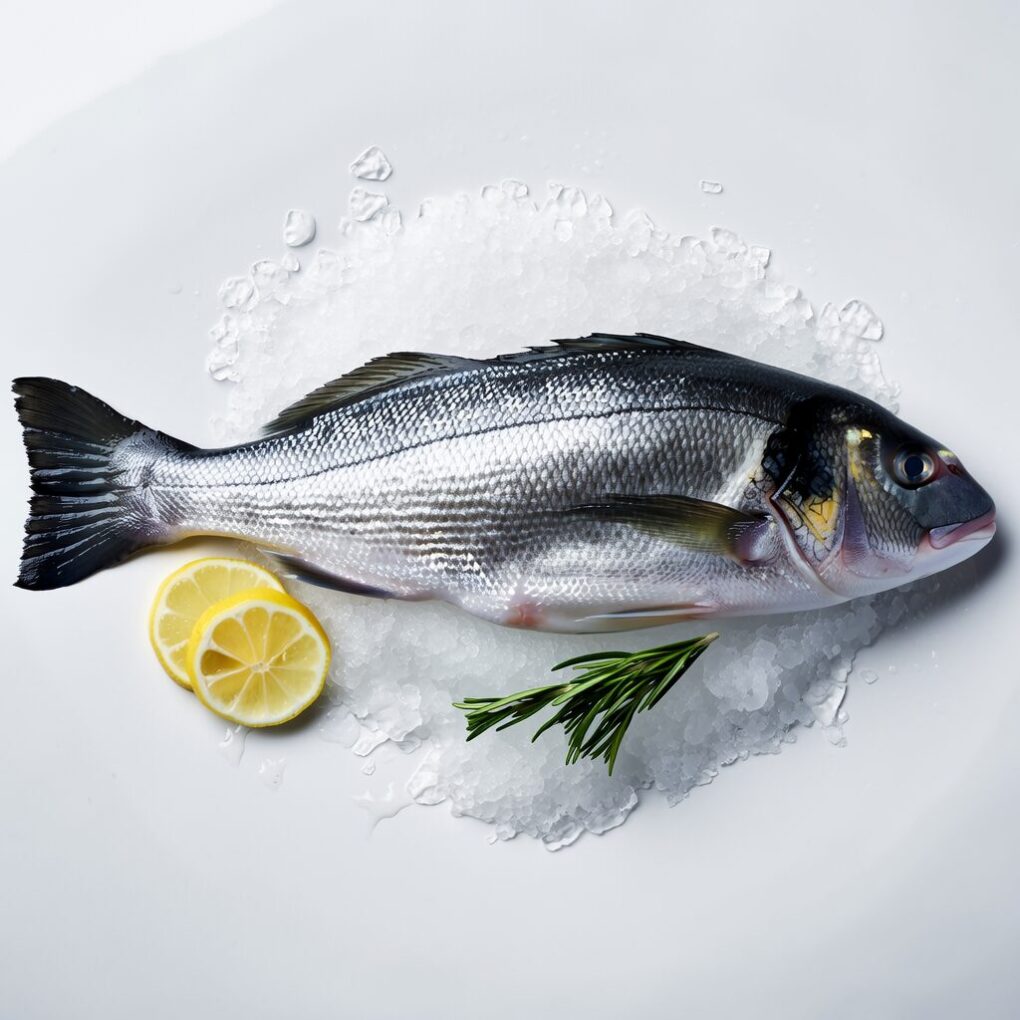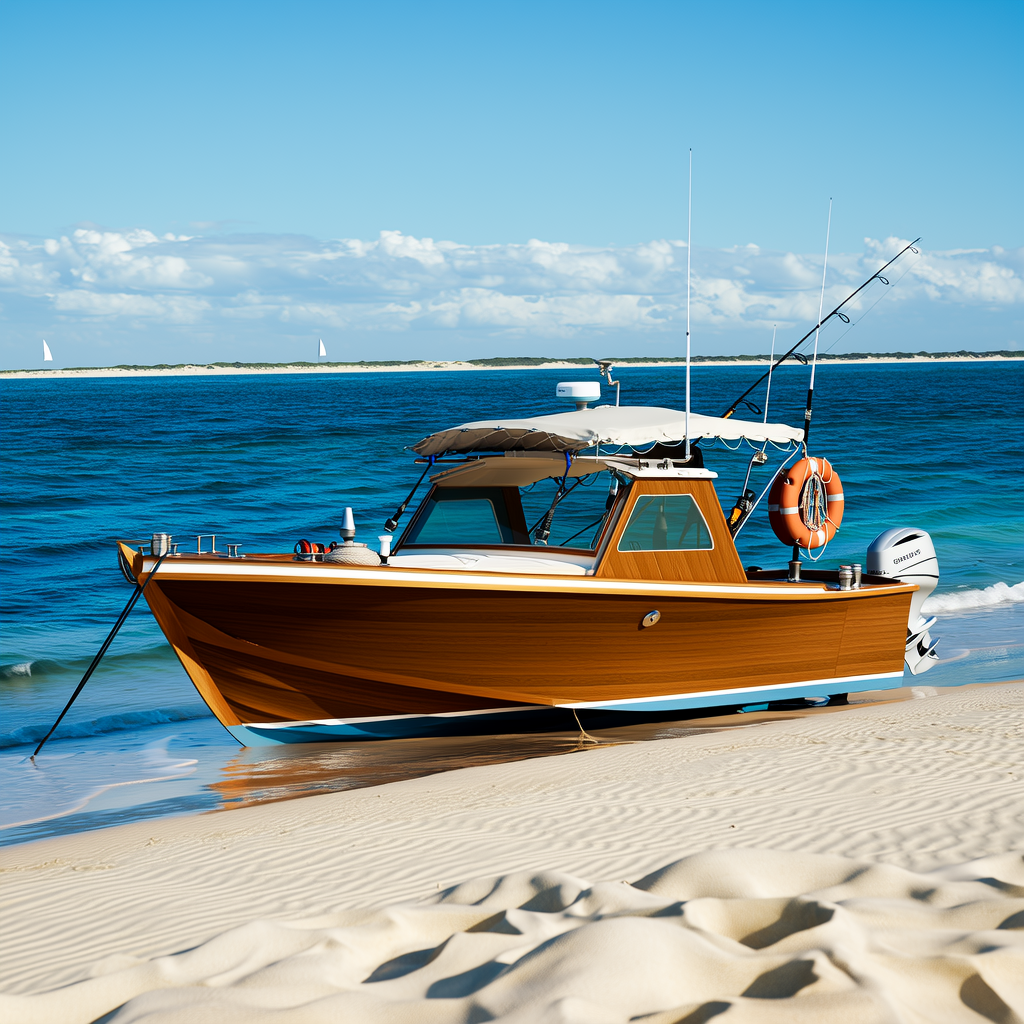Toccoa River Trout fishing is a great option for avid anglers looking for new adventures. The Toccoa River, which is located in North Georgia’s Blue Ridge Mountains, is a popular spot to fish for trout.
Fishing the Toccoa River will bring you excitement and challenges, no matter your level of experience. This guide will cover all you need to know about trout fishing in the Toccoa River. It includes tips on where to fish and what gear to use.
Chapter 1: Introduction to Trout Fishing on the Toccoa River
The Toccoa River runs 93 miles from the southern Appalachian Mountains of Georgia to the Tennessee River. It is a tailwater stream, meaning it flows from a dam. This creates stable water temperatures all year round that provide excellent trout habitat.
The Toccoa River offers trout fishing throughout the year. However, the cooler water temperatures make fall and spring the best seasons for this activity. There are three types of rainbow trout in the river: brown, brook, and rainbow. The most abundant species is the rainbow trout.
Chapter 2: Gear for Toccoa River Trout Fishing
You need the right gear before you set out on your fishing adventure. Toccoa River Trout fishing requires the following essential items:
- A fishing rod, reel and line for trout fishing
- Material for tippet and leader
- Flies, including dry and wet flies,
- Polarized sunglasses can help you spot fish in water
- Waders and waterproof boots
- Fishing vests and packs to store your gear
Chapter 3: The Best Techniques for Toccoa River Trout fishing
There are many fishing options on the Toccoa River, including drift fishing and wade fishing as well as fly and spin fishing. It is crucial to learn the best techniques for trout-fishing.
Nymphing is a great tactic. It imitates the insects trout eat in the river. You can increase your catch rates by using a strike indicator to determine when a fish takes your fly. Your chances of success can be increased by fishing in low light conditions or on cloudy day.
Chapter 4: The Best Places to Fish For Toccoa River Trout
Anglers need to know where to fish in the Toccoa River. There are many habitats in the river, including riffles and pools, where trout can often be found.
The best places to fish for Toccoa river Trout are the tailwaters below Blue Ridge Lake Dam and the Toccoa Valley Canoe Launch. Also, the area below Sandy Bottoms Canoe Access and the uppermost section near Suches.
Chapter 5: Seasons and Regulations for Toccoa River Trout fishing
It is important that you are familiar with the seasons and regulations for fishing on the Toccoa river. The river is open all year. However, some areas may be closed at certain times.
Toccoa River Trout has a daily limit of eight fish. There are also minimum sizes for brown trout, rainbow trout, and brown trout. To help ensure healthy fish populations, catch-and release fishing is encouraged.
Chapter 6: Safety Tips For Toccoa River Trout Fishing
Although fishing on the Toccoa River is not easy, it is important to ensure your safety. A life jacket is a must, especially when you are fishing from a boat or kayak.
Also, pay attention to the weather and water conditions as high-water areas can make the river dangerous. You should always let someone know where you are going to fish, and you should always have a first-aid kit in case of an emergency.
Chapter 7: Other Activities on The Toccoa River
The Toccoa River offers much more than trout fishing. You can also enjoy other recreational activities in the area like kayaking, white water rafting and hiking.
The popular Toccoa River Canoe Trail runs 13 miles from Deep Hole Recreation Area up to Sandy Bottoms Canoe Launch. There are a variety white-water rafting trips available on the river, from beginner to advanced.
Chapter 8: Conclusion
Anglers of all skill levels will enjoy the thrill of Toccoa River Trout Fishing. Anglers have the opportunity to fish in a wide variety of habitats and species and also enjoy the Blue Ridge Mountains’ beauty.
These tips and tricks will help you increase your chances of success. Safety is your top priority. Respect the regulations to ensure healthy fish populations for future generations.




